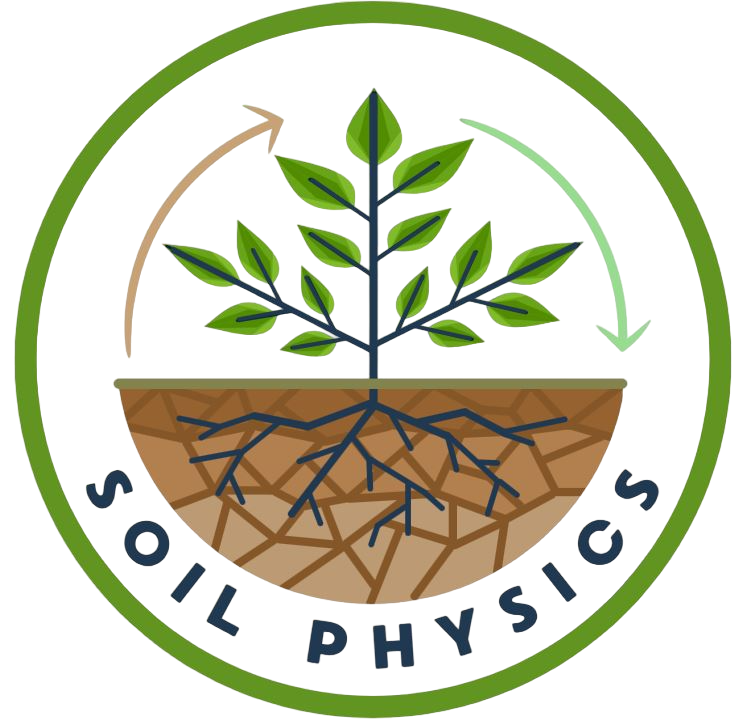| Benard, P; Zarebanadkouki, M; Brax, M; Kaltenbach, R; Jerjen, I; Marone, F; Couradeau, E; Felde, JMNL; Kaestner, A; Carminati, A: Microhydrological Niches in Soils: How Mucilage and EPS Alter the Biophysical Properties of the Rhizosphere and Other Biological Hotspots, Vadose Zone Journal (2019), doi:10.2136/vzj2018.12.0211 [Link] | |
| Abstract: Plant roots and bacteria are capable of buffering erratic fluctuations of water content in their local soil environment by releasing a diverse, highly polymeric blend of substances (e.g. extracellular polymeric substances [EPS] and mucilage). Although this concept is well accepted, the physical mechanisms by which EPS and mucilage interact with the soil matrix and determine the soil water dynamics remain unclear. High-resolution X-ray computed tomography revealed that upon drying in porous media, mucilage (from maize [Zea mays L.] roots) and EPS (from intact biocrusts) form filaments and two-dimensional interconnected structures spanning across multiple pores. Unlike water, these mucilage and EPS structures connecting soil particles did not break up upon drying, which is explained by the high viscosity and low surface tension of EPS and mucilage. Measurements of water retention and evaporation with soils mixed with seed mucilage show how these one- and two-dimensional pore-scale structures affect macroscopic hydraulic properties (i.e., they enhance water retention, preserve the continuity of the liquid phase in drying soils, and decrease vapor diffusivity and local drying rates). In conclusion, we propose that the release of viscous polymeric substances and the consequent creation of a network bridging the soil pore space represent a universal strategy of plants and bacteria to engineer their own soil microhydrological niches where stable conditions for life are preserved. |

